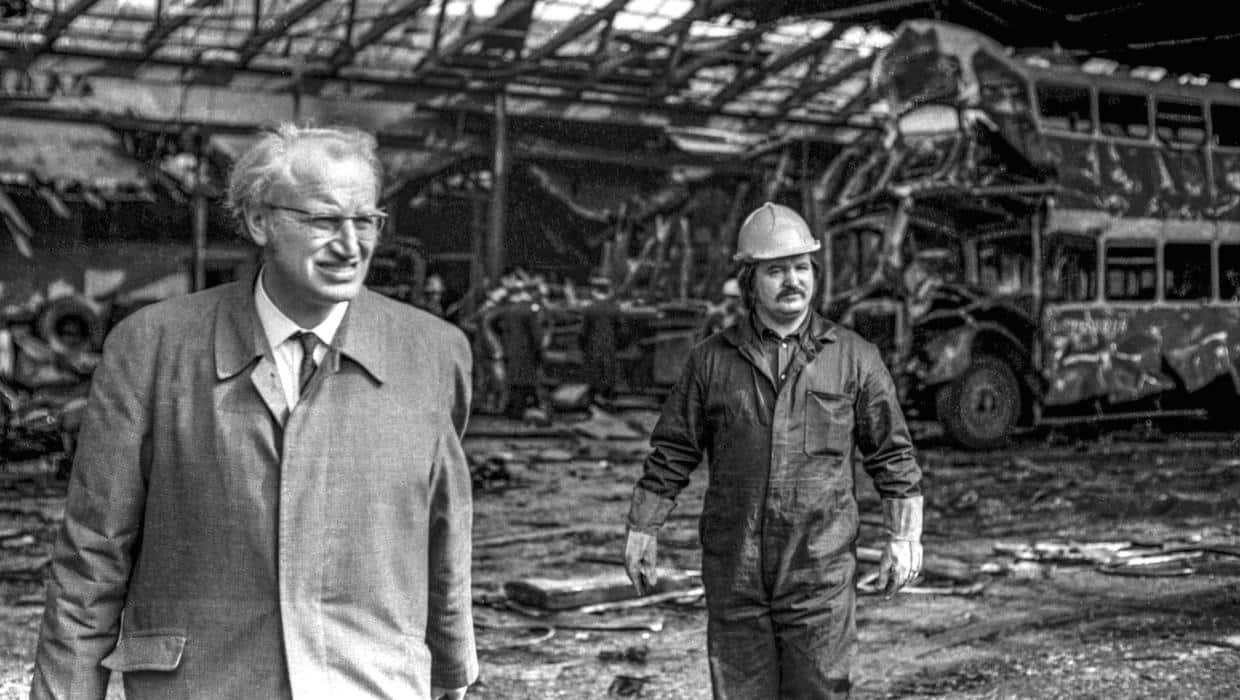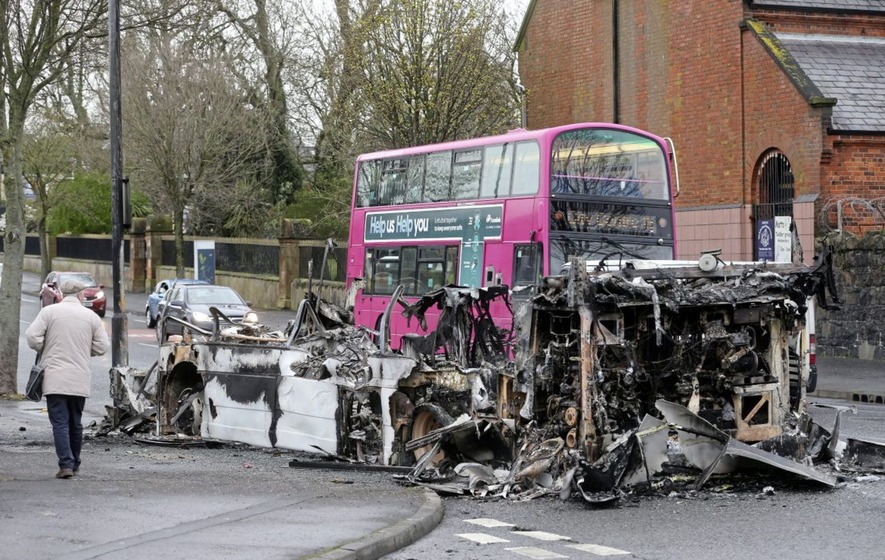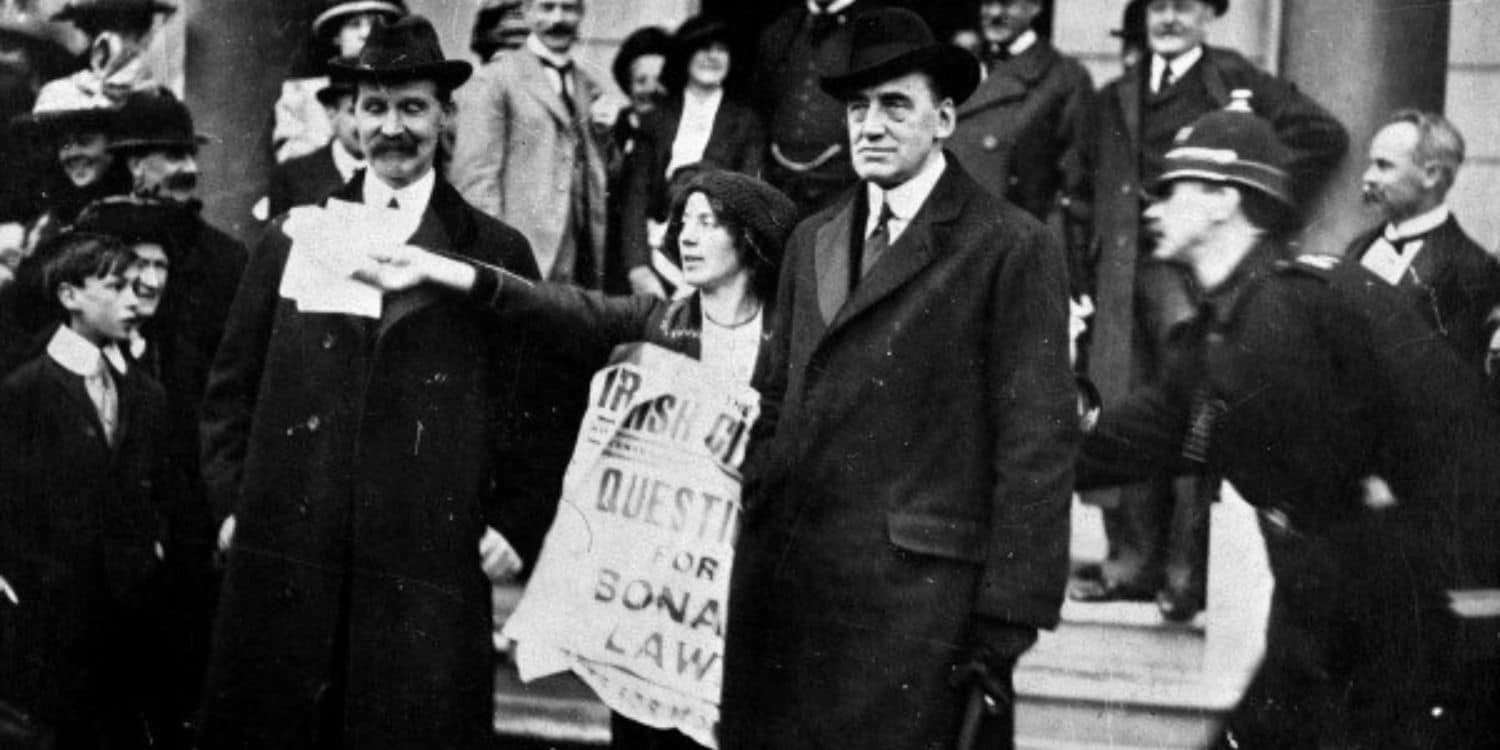Many of my Facebook friends will know that I have a love of Belfast buses, with one route (the 6a) holding a special place in my heart. However I sometimes think of the conflict period, when bus journeys, like most aspects of daily life here, were adversely affected. Very simply being a civilian bus driver or conductor here was an incredibly dangerous job. And just being a passenger on a bus could be a very dangerous ‘activity’.
Before the anecdotes let’s look at the grim statistics. 17 bus drivers were murdered in the ‘troubles’ and 1,500 buses destroyed in the riots,
School kids were left abandoned enroute to school, pensioners stood in the rain with bags of shopping miles from home, parents comforted screaming toddlers and drivers wondered how the hell they were going to face going to work the next morning.
Just occasionally passengers banded together to chase would-be hijackers off the bus themselves, either through a lack of fear or a desire to get home quickly, or both. But in the main tarmac was left scorched, bus skeletons charred, and people traumatised.
Bus services were regularly withdrawn due to rioting and for long periods in the seventies the last bus leaving the city centre at night was at 8pm as the risk of buses being hijacked and burnt out in the hours of darkness was so great. Together with the Ring of Steel, this did no favours for the city’s struggling nightlife.
Bus stations were targeted as part of the infrastructure of towns and cities. Infamously Oxford Street bus station was bombed on July 21st 1972 in just one of the Bloody Friday bomb attacks on downtown Belfast. Six people died at Oxford Street, including 4 Ulsterbus workers, in the explosion on a sunny afternoon. Dozens were injured, including many who were escaping another explosion on a nearby bridge thinking they were moving to a place of safety.
Drivers died at the wheel. Paddy Crossan was shot dead on his bus in March 1973 in Woodvale off the Shankill Road. Sydney Agnew’s bus was hijacked in January 1972. He was summoned as a witness in the ensuing trial. Before he made it to court gunmen called at his home in the evening and shot him dead.
Poet Michael Longley wrote the haunting ‘Wounds’ referencing the killing towards the end,
“Also a bus-conductor’s uniform
He collapsed beside his carpet slippers
Without a murmur, shot through the head…”
And I can’t talk about the buses with giving their chief an honourable mention. The head of Ulsterbus and Citybus throughout the Troubles
But it didn’t have to be the bomb or the bullet. Buses were attacked daily as they crossed the visible and invisible lines of Belfast particularly. I remember the frequent cry “heads” as a bus entered a zone of one other on its way to a terminus in the territory of the other other. People were injured by bricks and glass shrapnel. It was so common that the drivers would sometimes just divert the bus to the closest hospital to drop off the wounded and then continue on their journey.
And missiles did not discriminate. A Catholic friend from nationalist Lenadoon was on the old 31 service , now the 5a, to see her best friend in Protestant unionist Braniel in the 1980s. The bus was bricked passing through nationalist Short Strand. Her jaw was badly broken. She was possibly the only Catholic on the bus amongst numerous Protestants. Friendly fire? Ironically, she married a Short Strand boy. This type of incident was daily. I don’t mean marrying Catholic boys from the Strand, though it obviously happened.
Even in quieter times that sectarian fission lingered. In the 2000s whilst working in community education I regularly taught night classes in North Belfast in nationalist Ardoyne and across the interface in loyalist Woodvale (same course incidentally but they wouldn’t save me a night and journeys by friggin doing it together…) The No.57 crackled with tension as it passed through and by the patchwork quilt of nationalist and unionist communities from the city centre along Donegall Street and up the Crumlin Road. People sat in silence beside each other looking at floors and out windows seemingly discomforted by the identity of their new neighbour based on where they had got on.
Only once do I recall any laughter when a drunk guy phoned his local pub and ordered a pint to be waiting on his arrival even correctly declaring how many stops there were ahead to allow his pint time to settle.
What the regulars made of me getting off on different nights and visibly walking off into opposing territories on separate occasions, I’d love to know.
It’s different now. The buses are pretty clean and graffiti free today. They were a mess in the past and no wonder. I rarely see FTP, Brits Out, UVF or IRA scrawled in marker. Instead mobile phone numbers inviting calls for frig-knows-what are scribbled on the backs of seats and
There was a hijacking and burning last year of course on the Shankill at Lanark Way during a protest. It was alarming but I know quite a few people who rolled their eyes and shrugged saying “one bus. It’s not like the aul days.”






